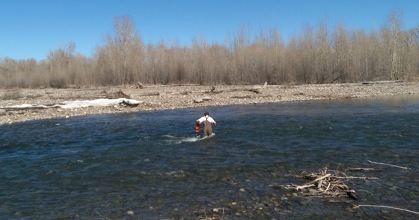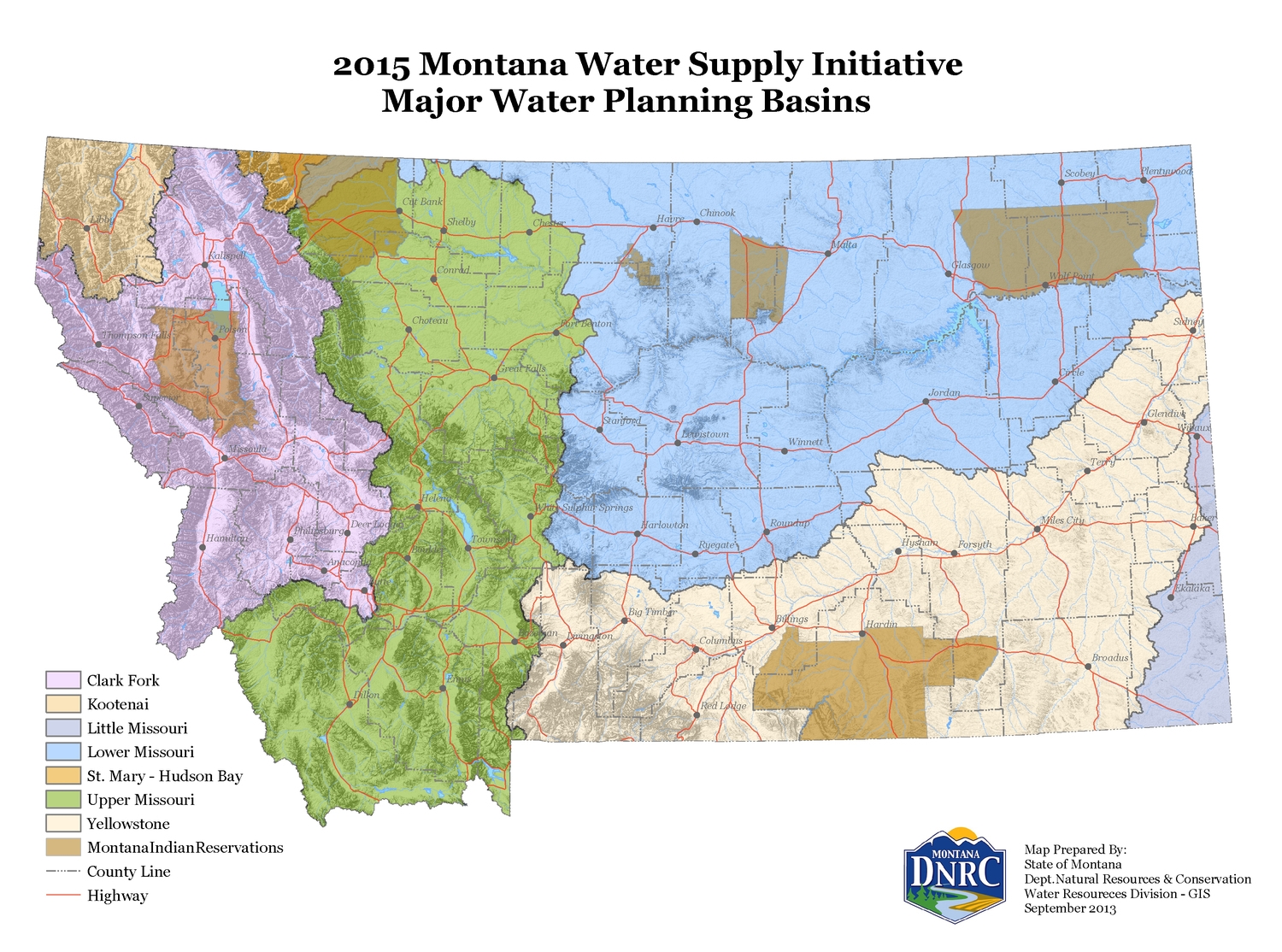From the Montana Bureau of Mines and Geology:
March and April are typically very busy months for the Ground Water Investigation Program of the Montana Bureau of Mines and Geology (MBMG). Ongoing projects in the Gallatin Valley provide an excellent example.
In March, a team led by Tom Michalek conducted a synoptic run of the streamflow measurements on the Gallatin River, the East Gallatin, and other major tributaries. Over the two days, the team - consisting of personnel from MBMG's Butte and Billings offices - used acoustic doppler and electromagnetic technologies to put together a snapshot of flow conditions in the northern Gallatin Valley. During this time of year, not much is happening in the way of natural flow changes or irrigation diversions, so this is a great time to collect data on hydrologic relationships among tributaries, streams, and groundwater. These data also increase our understanding of general stream behavior, including identification of gaining and losing reaches, inputs from springs and groundwater, and seasonal variability of flow.












